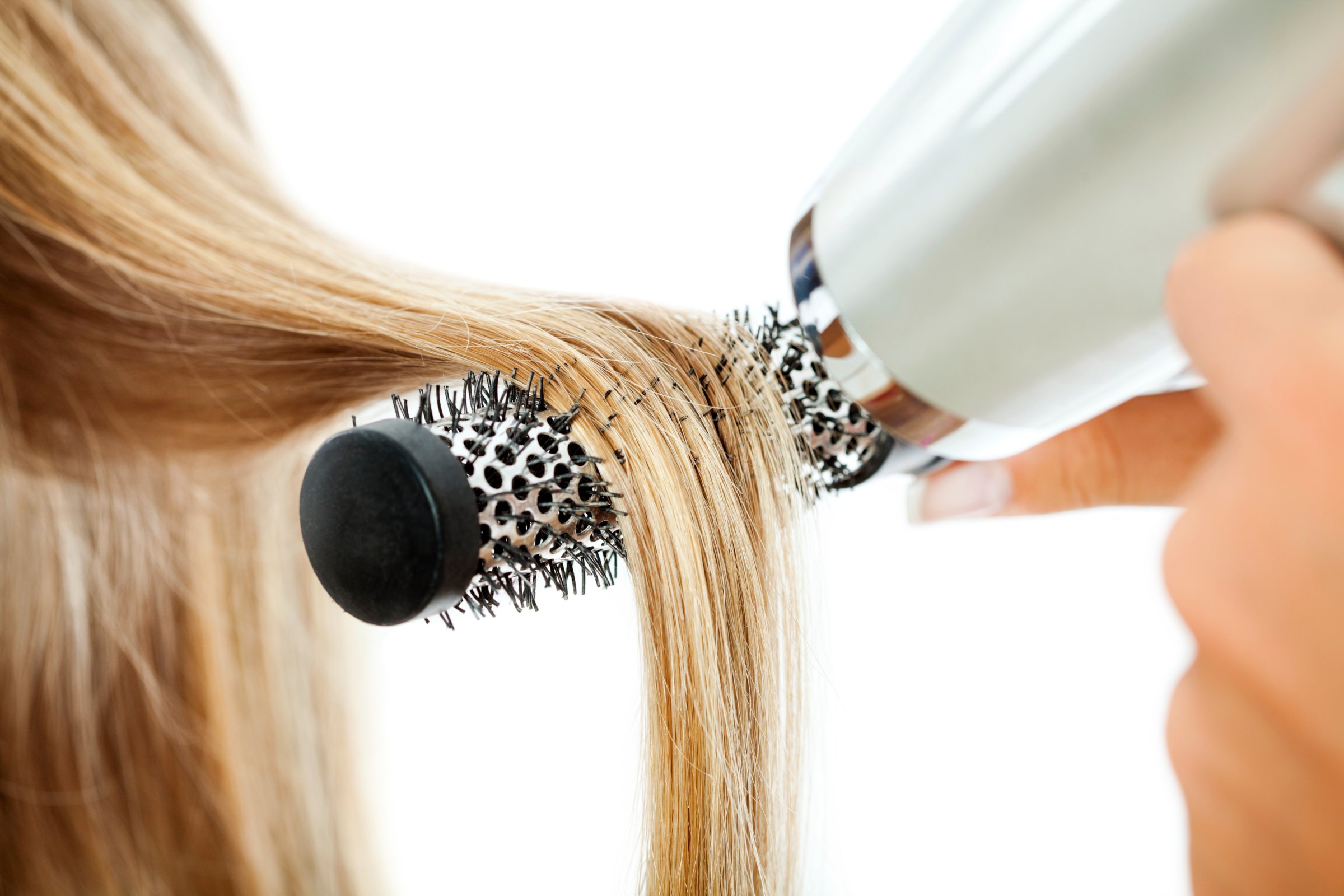
Looking fabulous can come at a price—and sometimes that price is unwittingly outsourced to the people who provide these services for a living.
A new study of 295 female hairdressers, 32 regular users of hair dyes, and 60 people who get regular hair treatments found that permanent hair dyes and the chemicals used to straighter or curl hair can be carcinogenic to humans. Those with the highest exposure are hairdressers. The researchers found that among hair dressers, carcinogen levels in their blood tended to rise alongside the number of weekly permanent light hair coloring treatments they did.
It was only a few years ago that it was discovered that the Brazilian hair straightening—a treatment that smooths hair for up to six months–could release the known carcinogen formaldehyde. This despite the suggestion that keratin, which is a natural protein found in hair, is the ingredient doing the heavy lifting. In 2011, the Occupational Safety and Health Administration (OSHA) and several State OSHA programs issued a Hazard Alert after hearing complaints from salon workers. A subsequent investigation found air-borne formaldehyde that exceeded OSHA safety guidelines
Brazilian blowouts are still a beauty salon option, even though the FDA issued a warning letter to one company that makes Brazilian blowout solution for labeling and safety violations. Yet, due to how the United States regulates salon treatments and cosmetics, the agency had little recourse to pull the products from salon shelves.
While it’s up to the consumer to choose whether to undergo a hair styling that puts them at a risk for chemical exposure, hairdressers are the ones really putting themselves at risk. The new study, published in the journal Occupational & Environmental Medicine, says hairdressers should protect themselves by using gloves and completing steps that cannot be done with gloves before hair dying.
More Must-Reads from TIME
- How Donald Trump Won
- The Best Inventions of 2024
- Why Sleep Is the Key to Living Longer
- How to Break 8 Toxic Communication Habits
- Nicola Coughlan Bet on Herself—And Won
- What It’s Like to Have Long COVID As a Kid
- 22 Essential Works of Indigenous Cinema
- Meet TIME's Newest Class of Next Generation Leaders
Contact us at letters@time.com